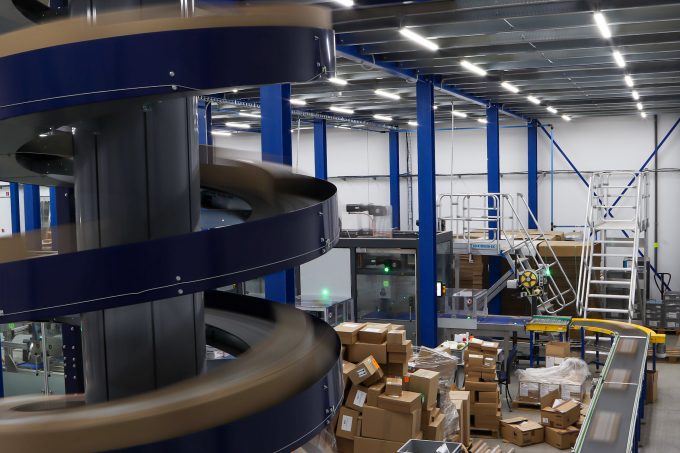Cainiao: ecommerce is a happy journey for some
The Loadstar has launched a series of reports on the ecommerce sector, which has been driving growth ...

E-commerce businesses outsourcing their logistics to fulfilment companies for online shopping has been a source of growth for 3PLs in the past year, even as container trade normalised to pre-Covid levels, according to forwarder representatives.
A spokesperson for Slovakian 3PL Fulfillment by FHB Group told The Loadstar outsourcing had grown particularly in the European market.
“We handle logistics for clothing companies and electronics retailers, for example, from Asia that want to sell their products to Europe, but that is complicated to do from ...
Maersk u-turn as port congestion increases across Northern Europe
Apple logistics chief Gal Dayan quits to join forwarding group
Maersk Air Cargo sees volumes fall as it aims for 'margin in favour of revenue'
Airlines slash freighter capacity post-de minimis, but 'the worst is yet to come'
Houthis tell Trump they will end attacks on Red Sea shipping
Transpac rates hold firm as capacity is diverted to Asia-Europe lanes
MSC revamps east-west network as alliance strategies on blanking vary
India-Pakistan 'tit-for-tat' cargo ban sparks sudden supply chain shocks


Comment on this article